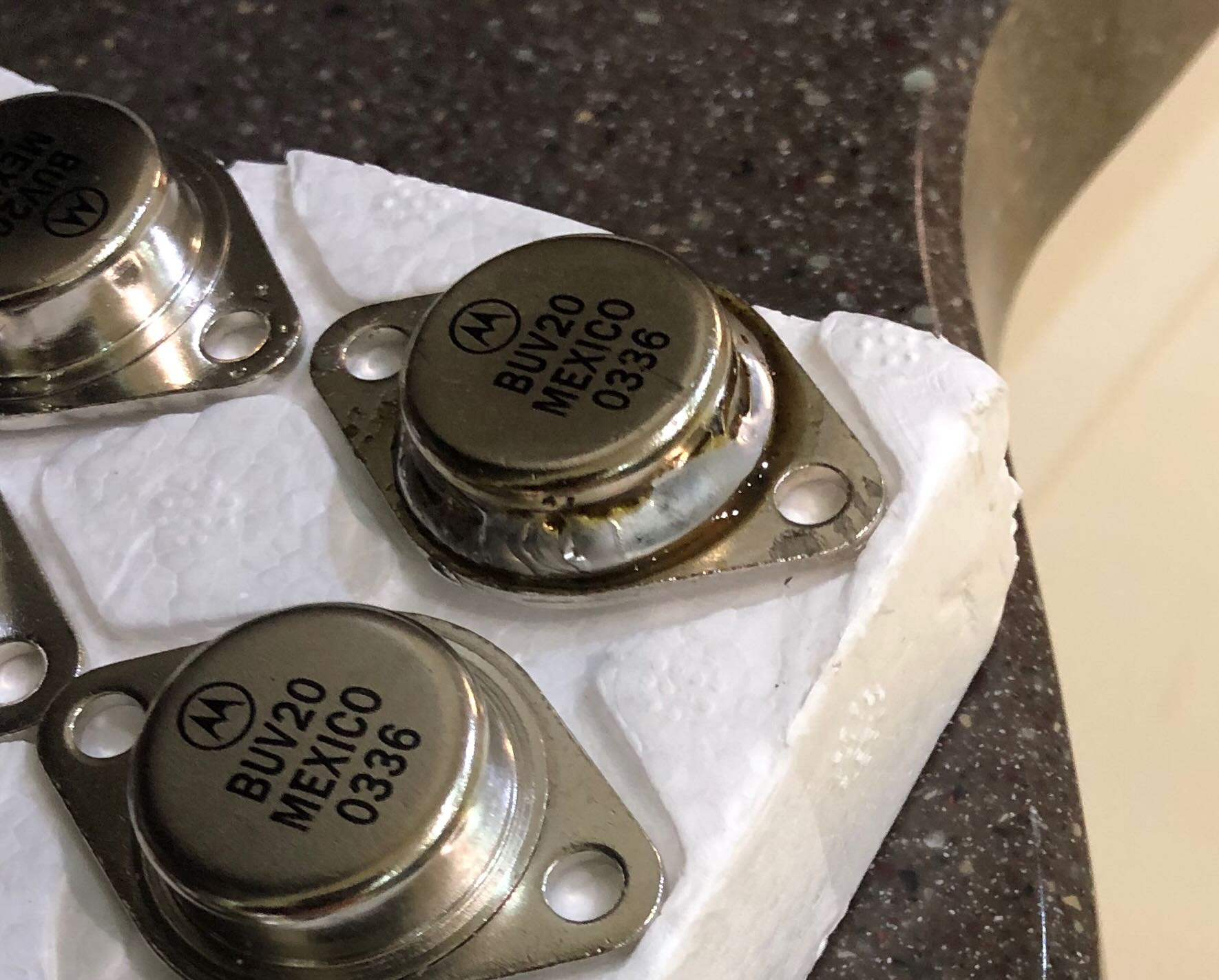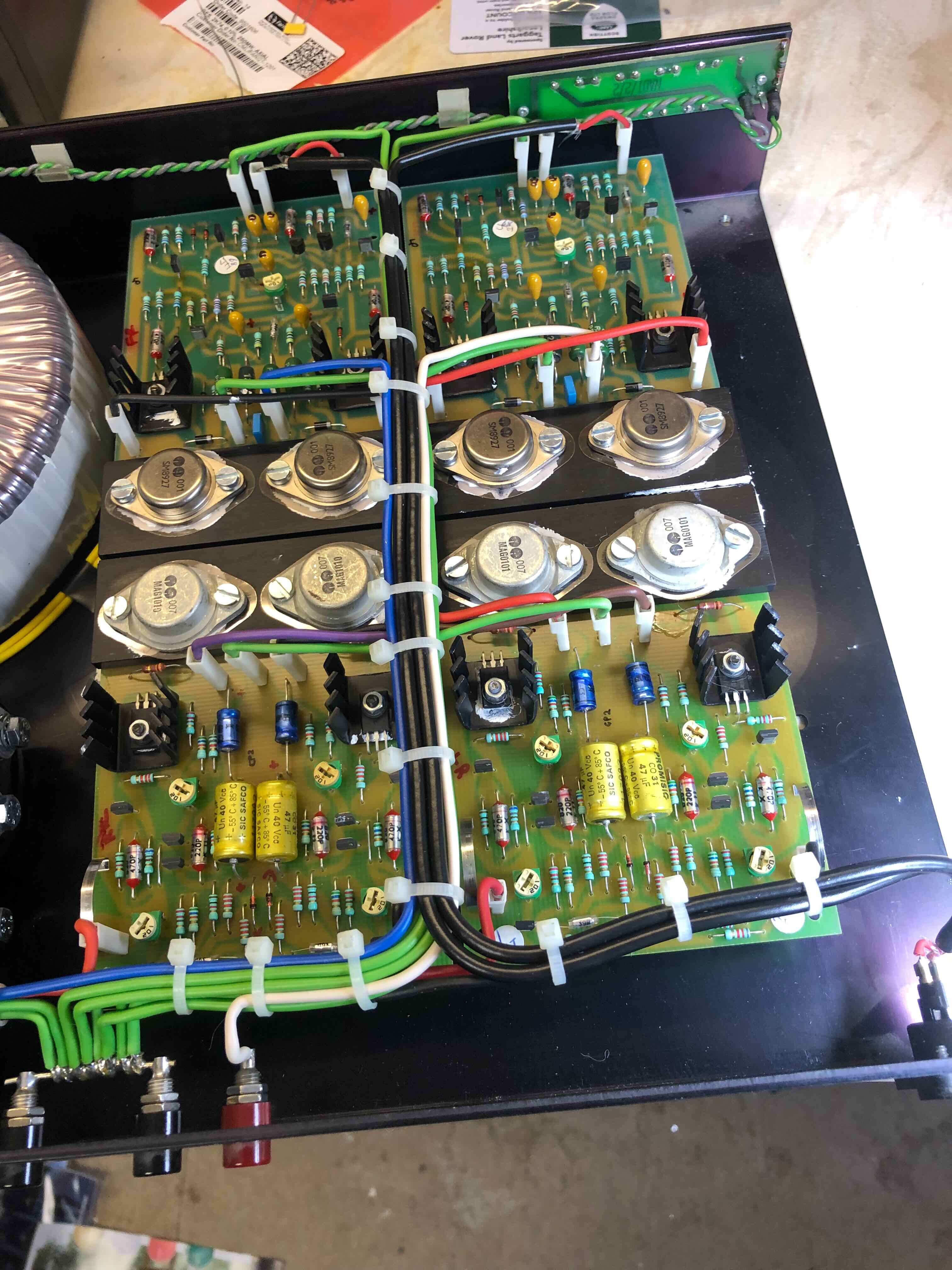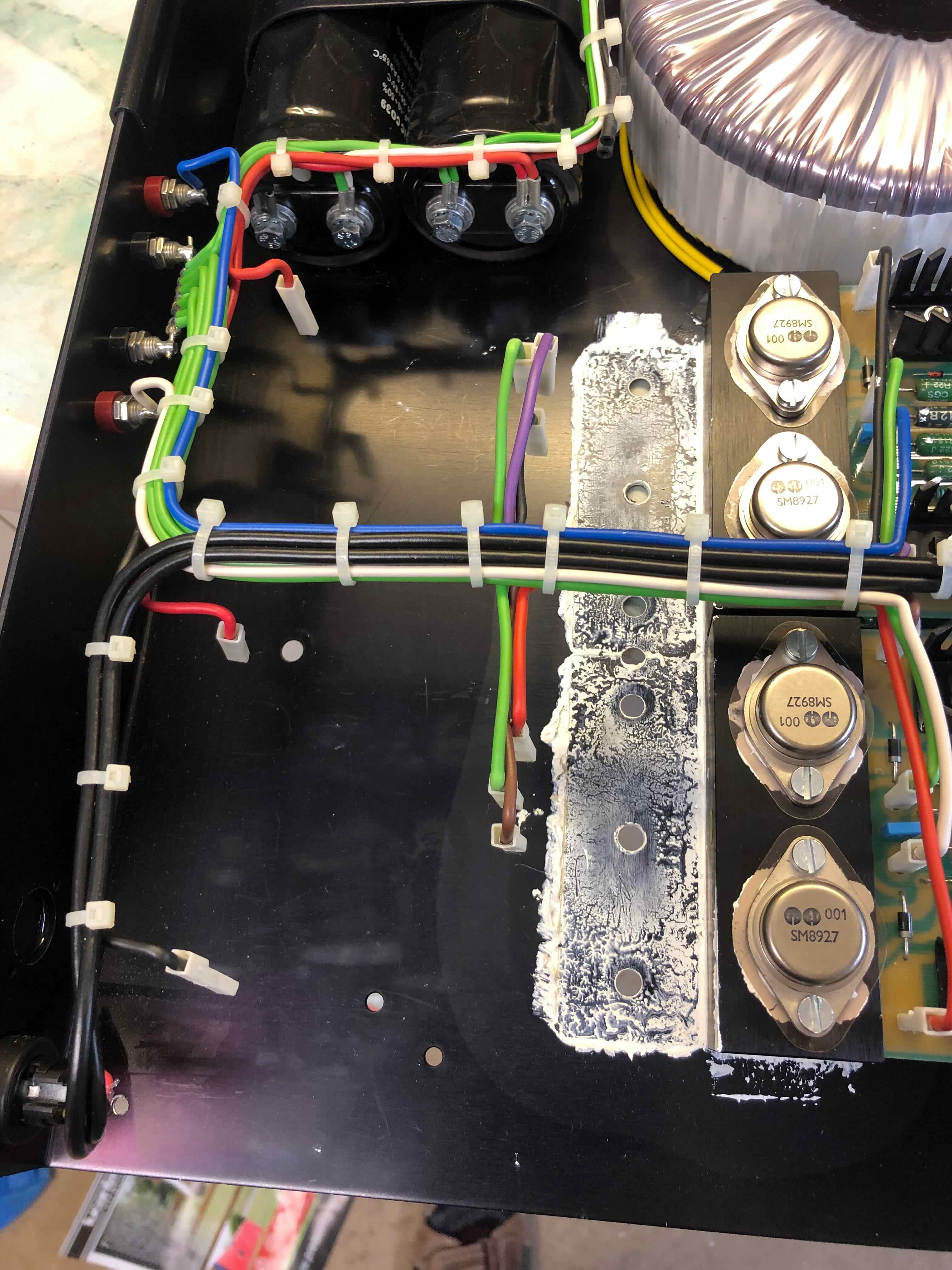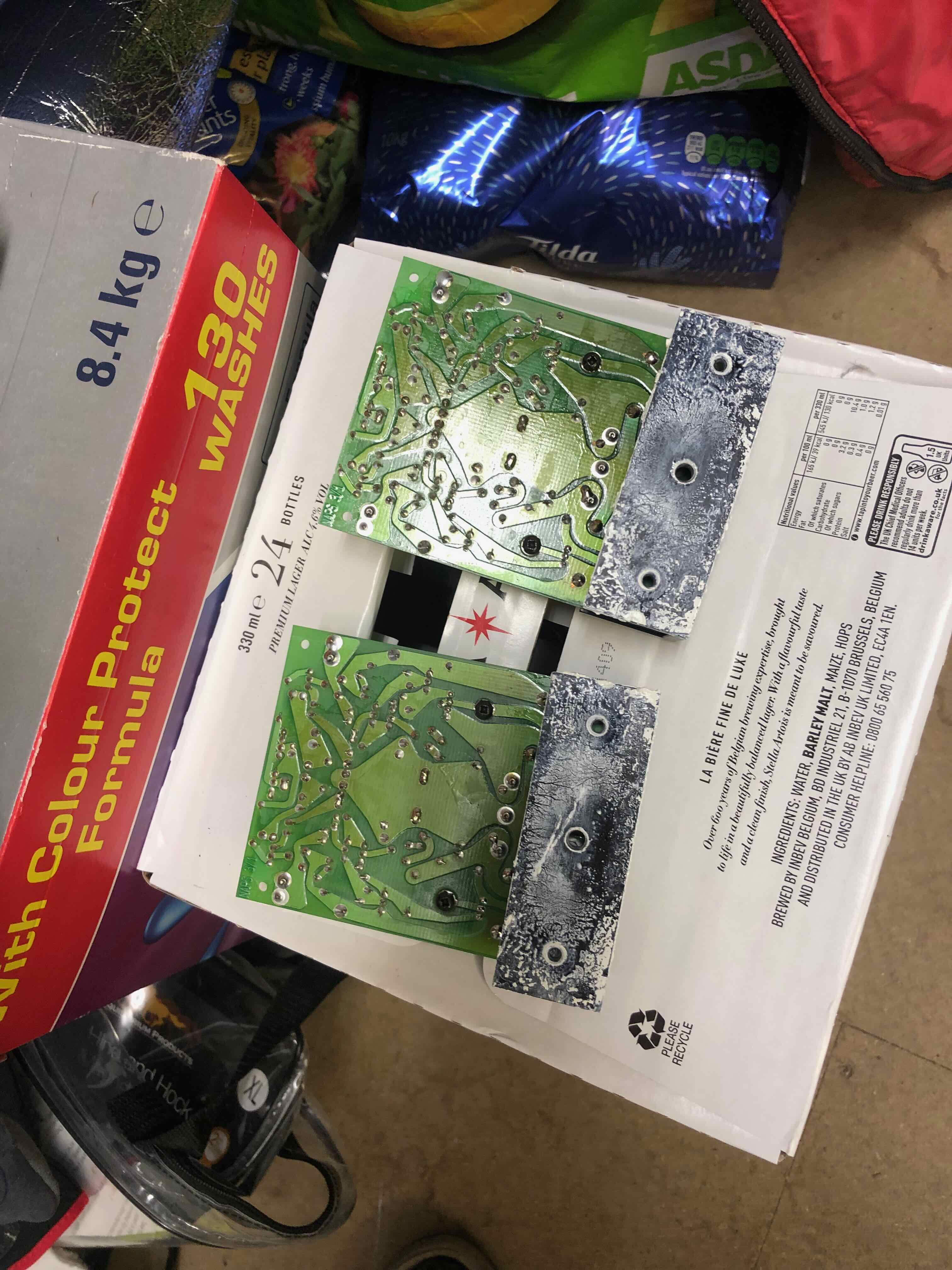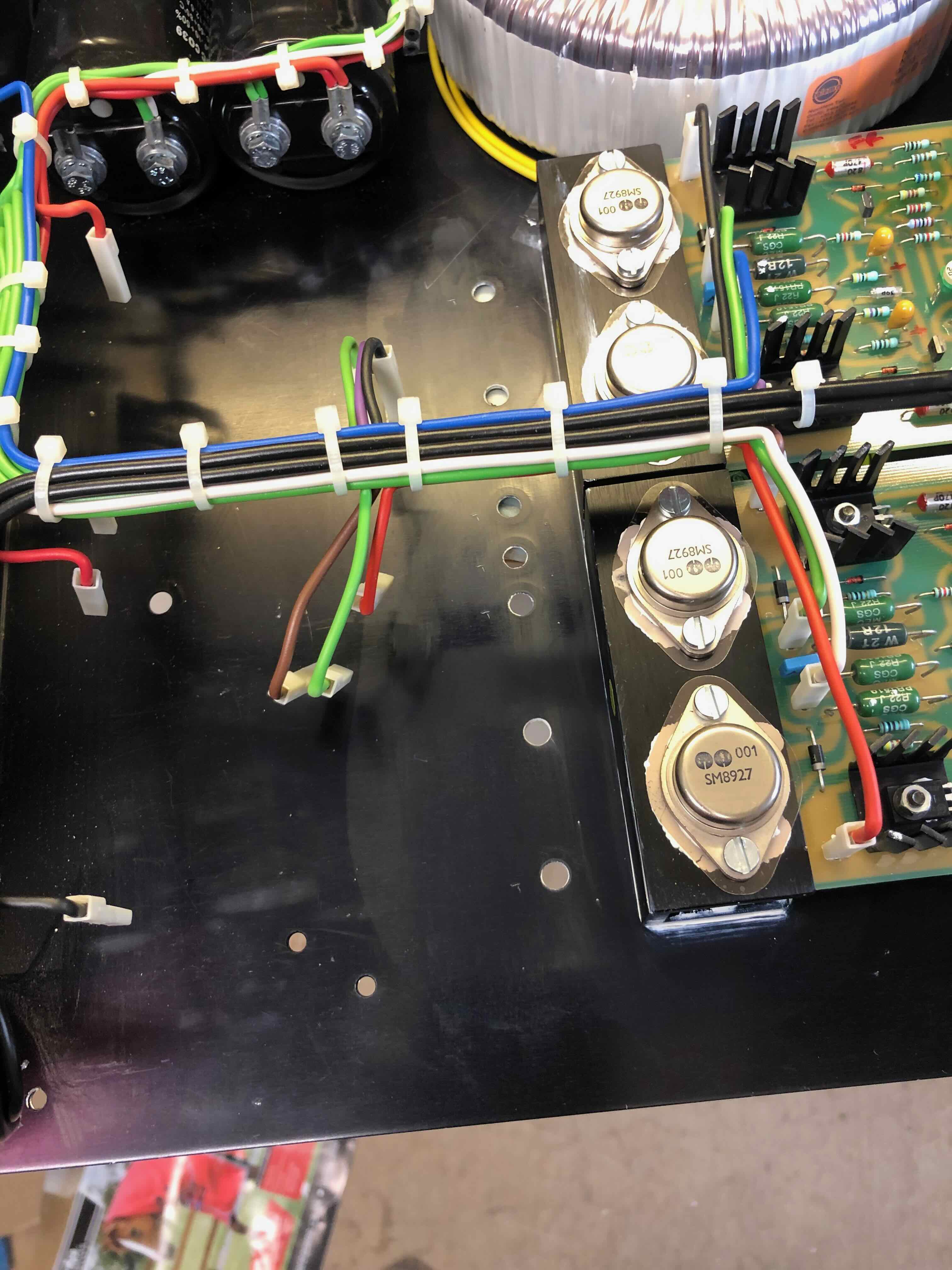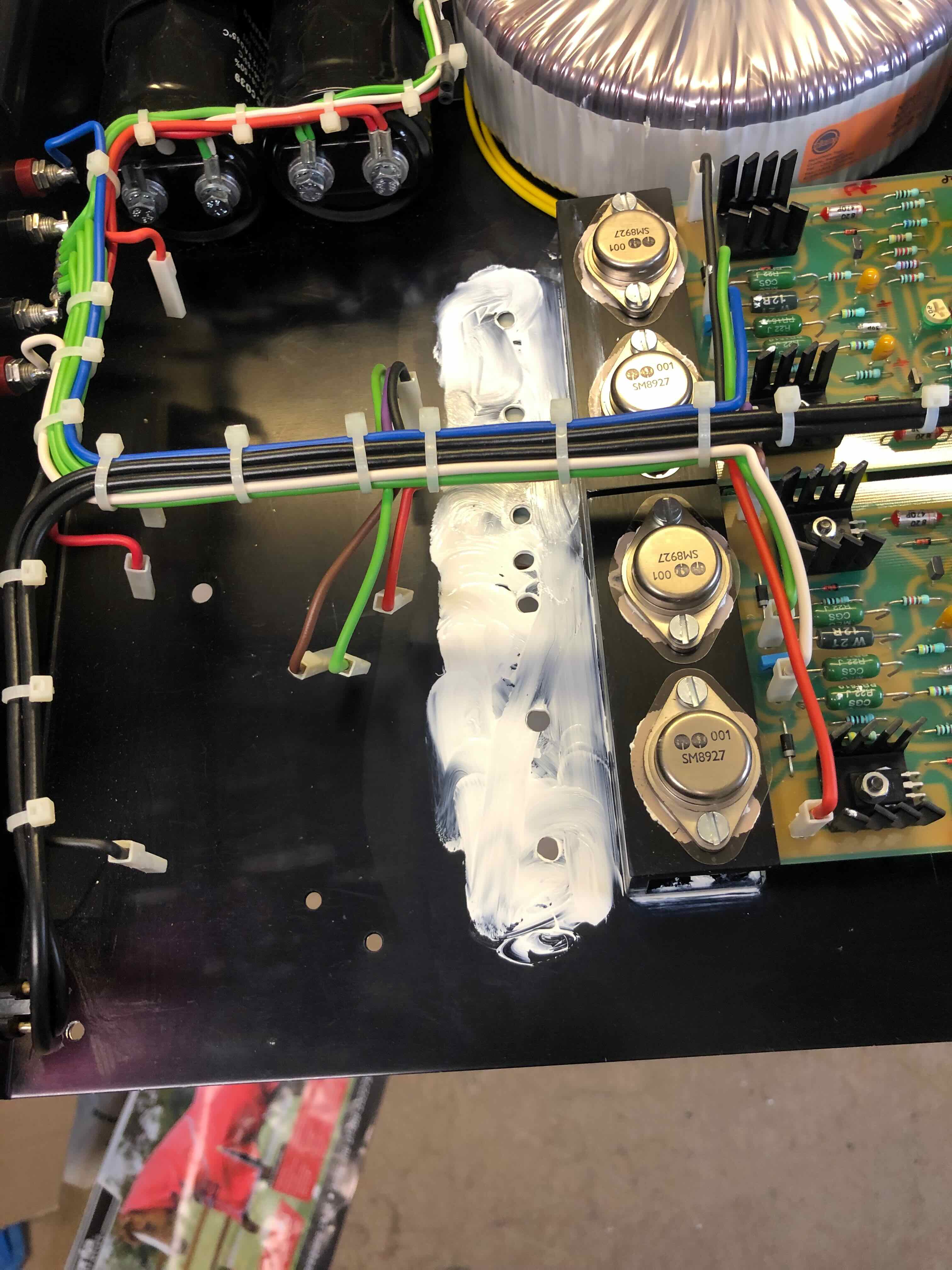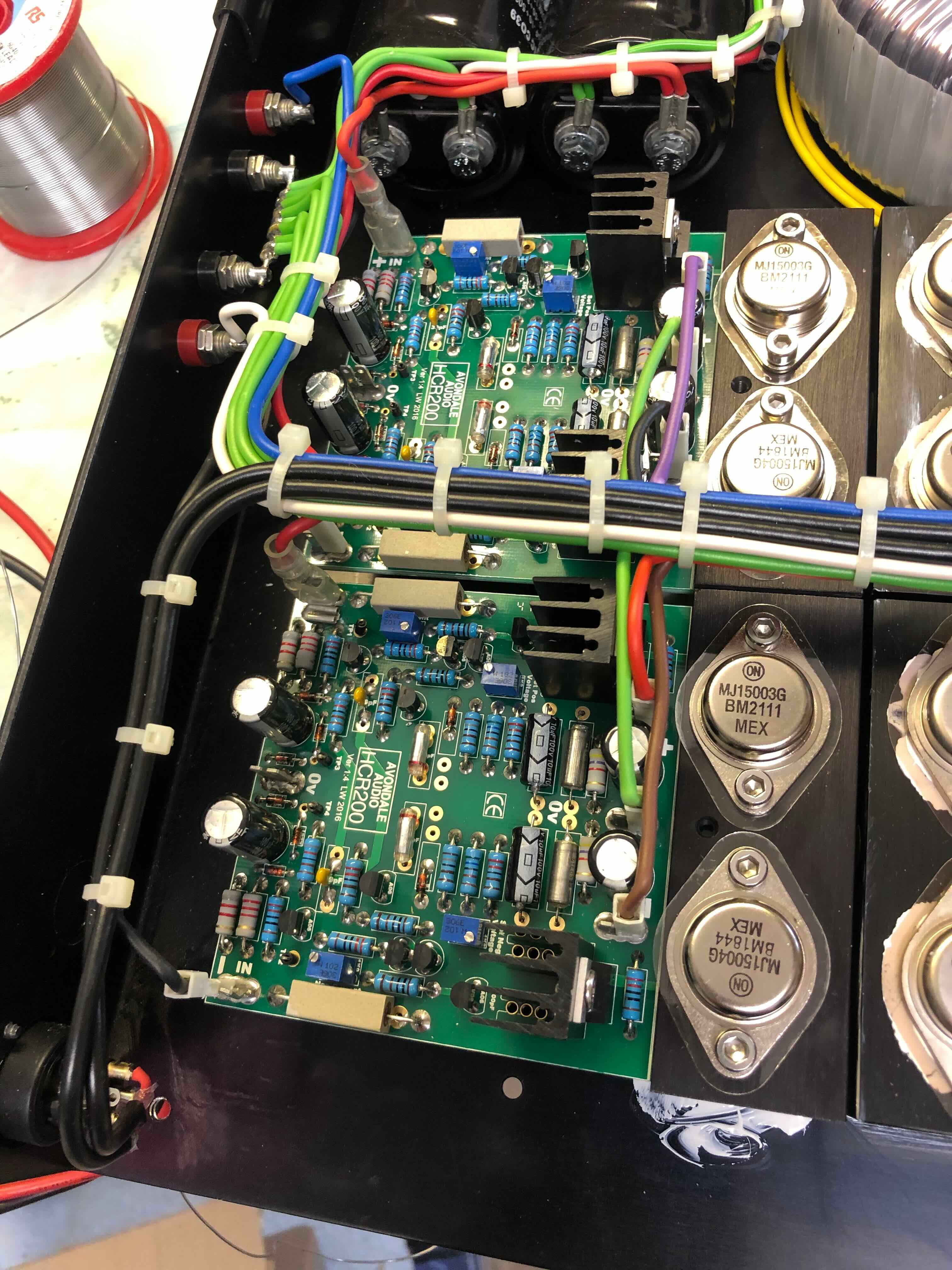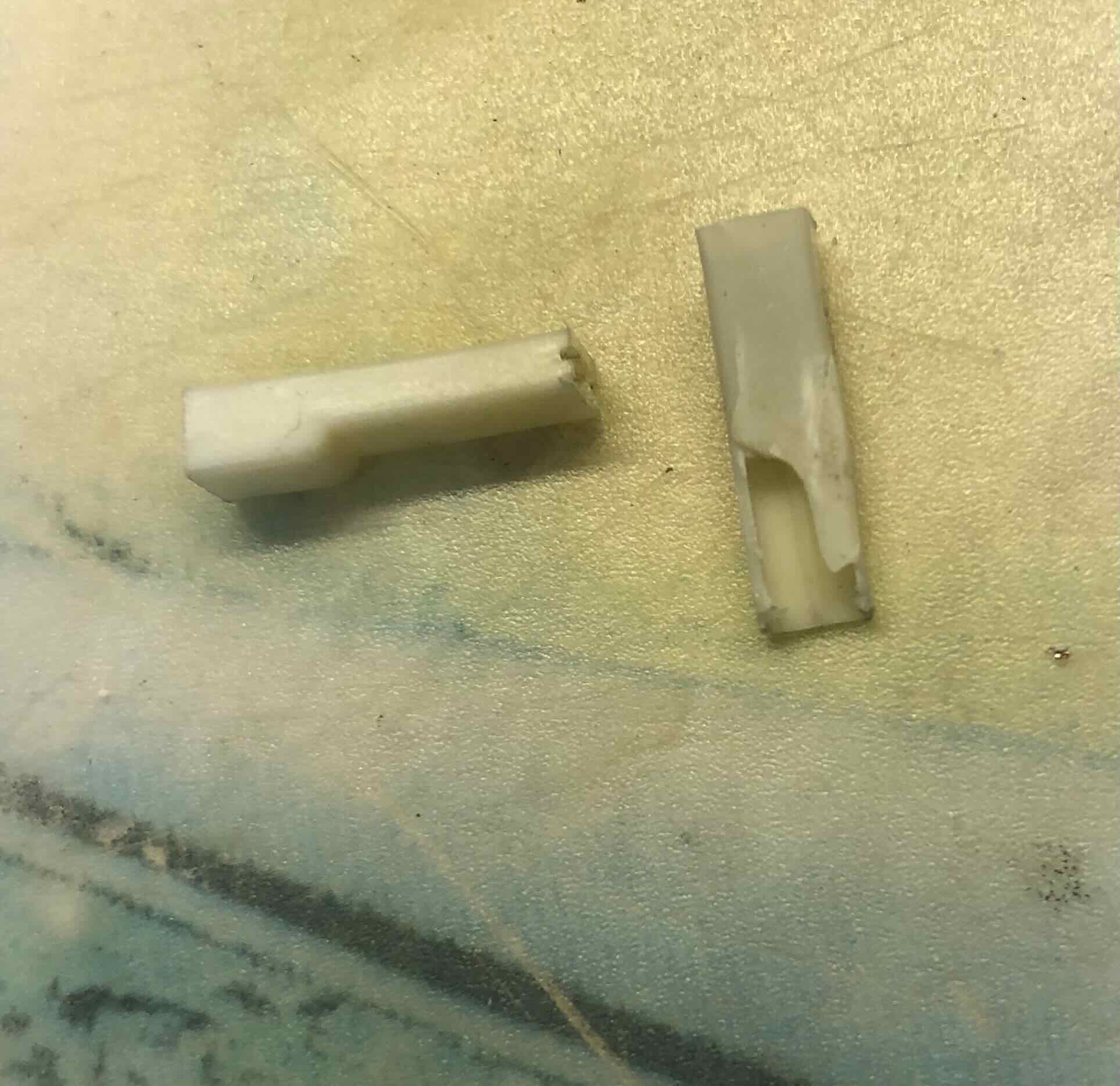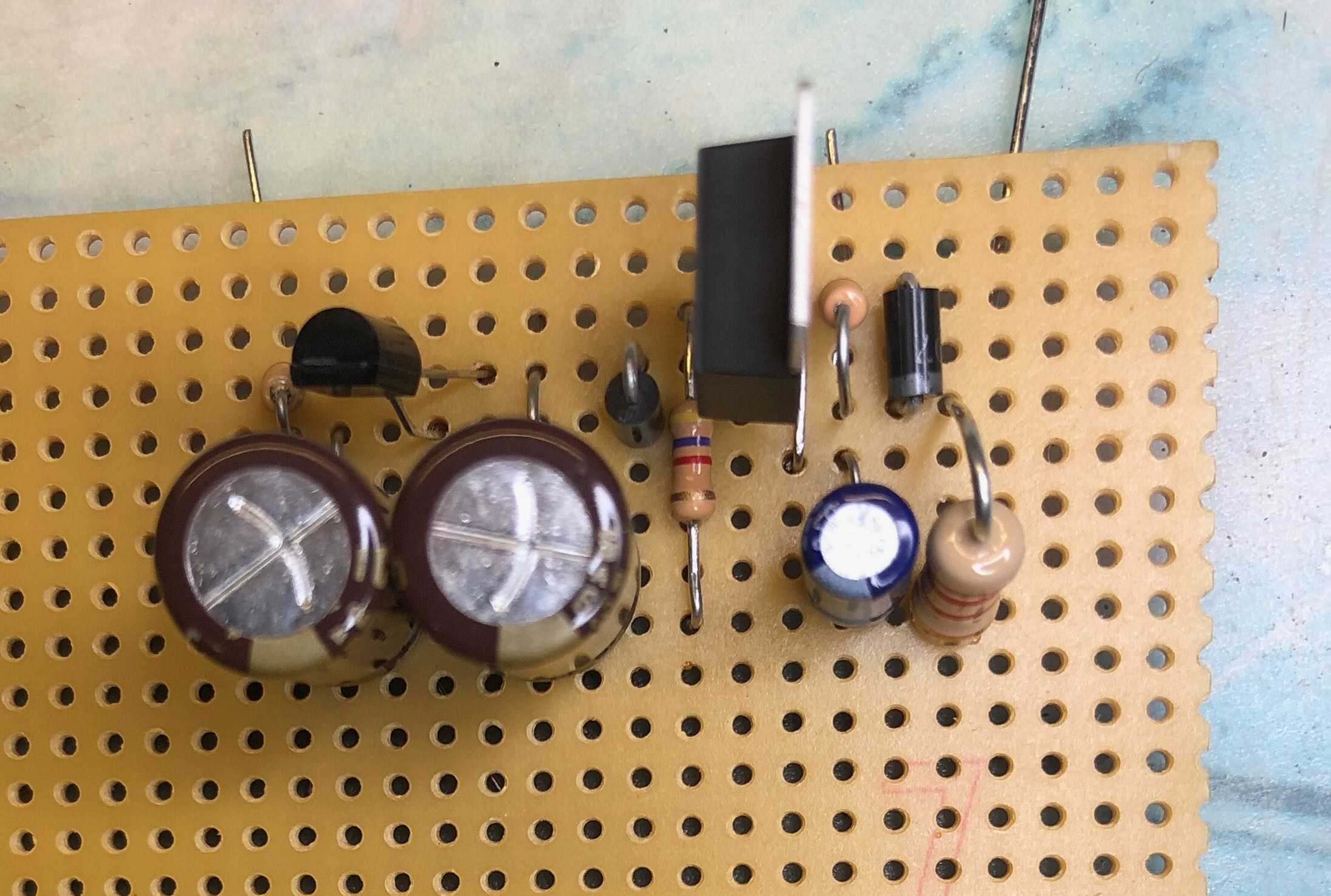Richard Lines
pfm Member
Good Afternoon All,
Decided to sort through the box full of tantalum capacitors looking for 20 over 49uF to use in parallel. Broke out the Peak LCR40 which, not surprisingly, needed a new battery and then wouldn't carry out a probe check........ Oh Goody I thought, fortunately it was nothing more complicated than the inner core of the coaxial test lead had come adrift from the PCB, one of the downsides of the cheap and cheerful Peak meters.
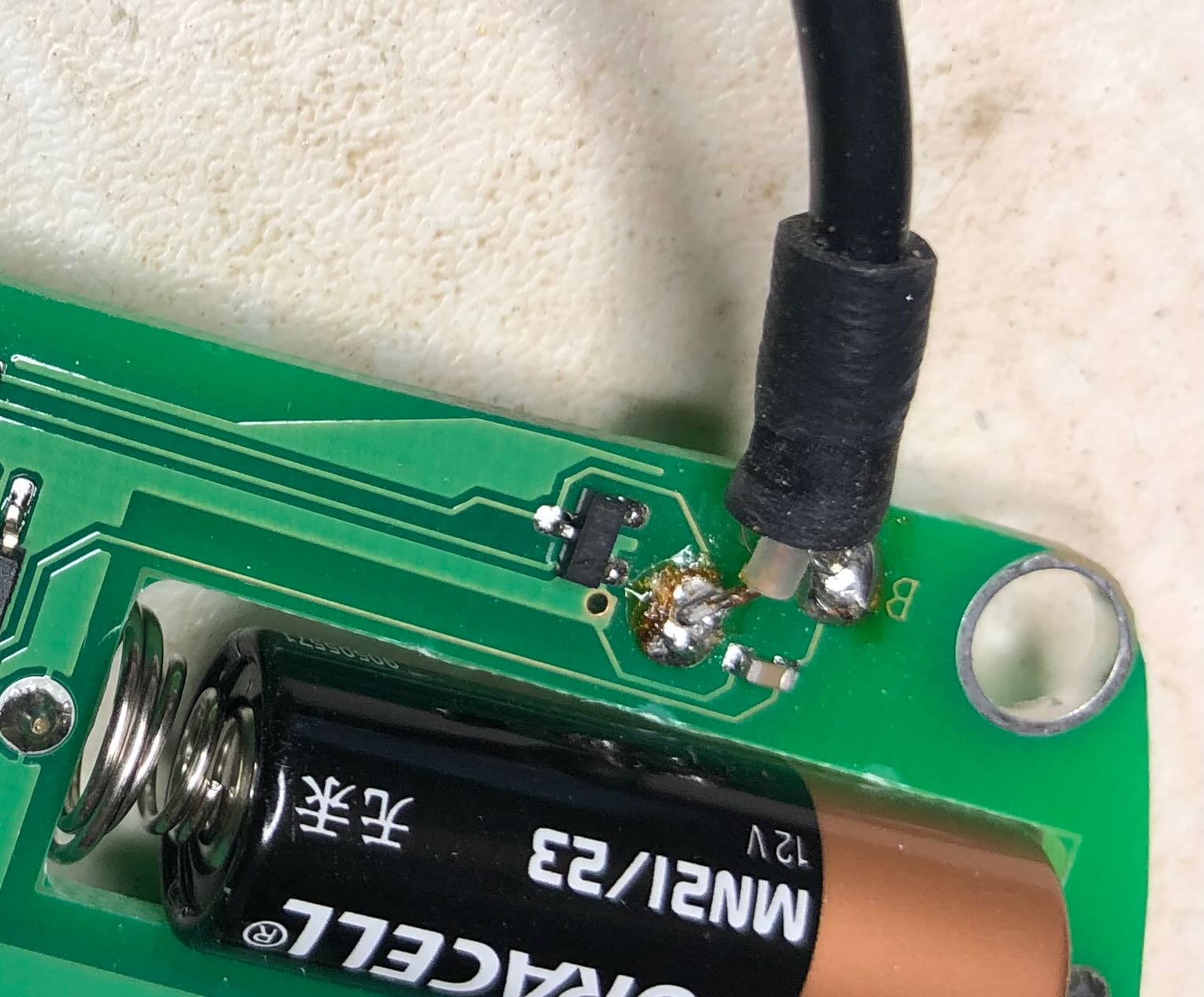
Broke out the old breadboard to speed up the testing......
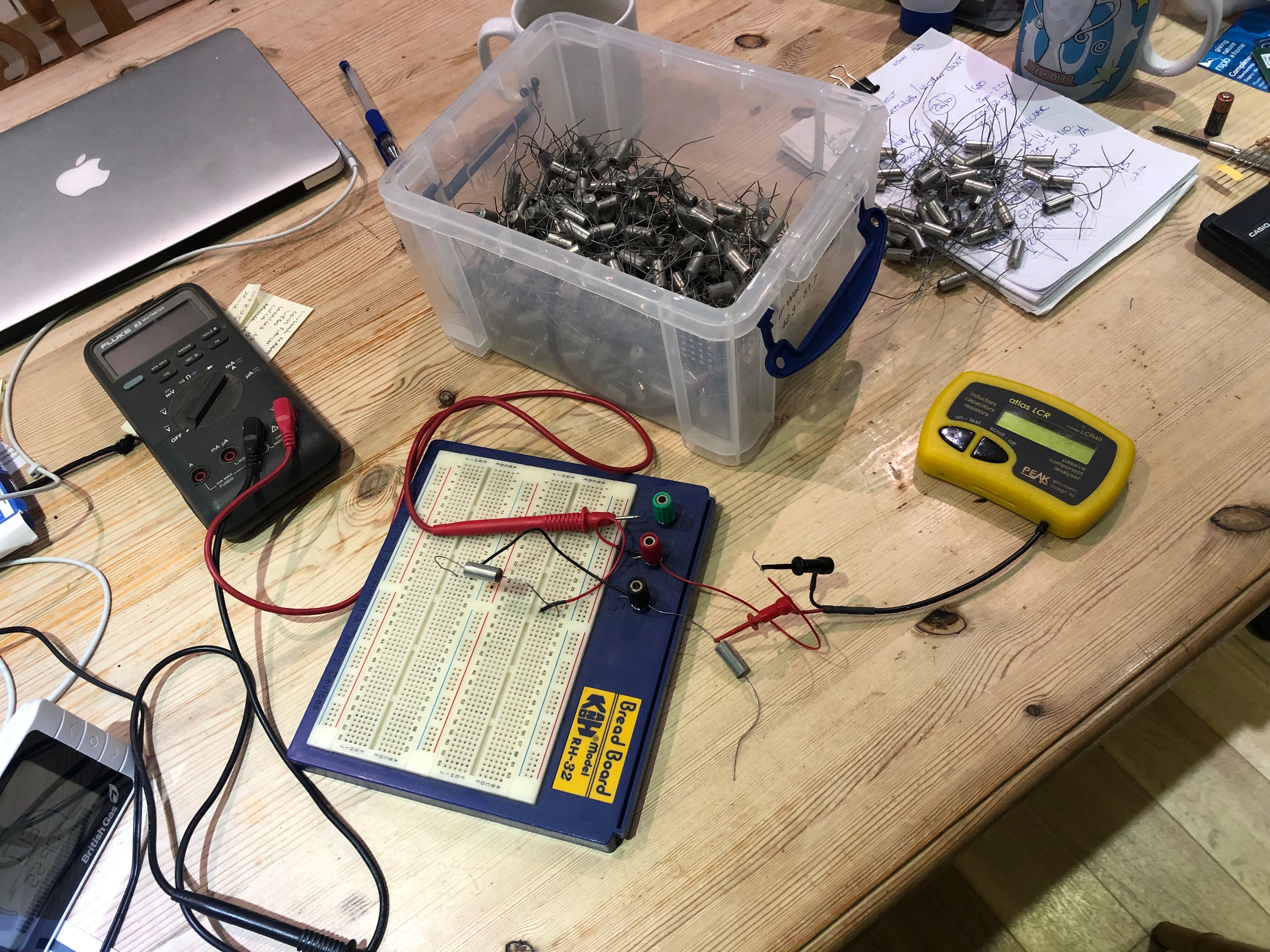
I think I'll be outside shortly assisting SWMBO with the horses as they're hobbling over frozen poached ground again.
Regards
Richard
Decided to sort through the box full of tantalum capacitors looking for 20 over 49uF to use in parallel. Broke out the Peak LCR40 which, not surprisingly, needed a new battery and then wouldn't carry out a probe check........ Oh Goody I thought, fortunately it was nothing more complicated than the inner core of the coaxial test lead had come adrift from the PCB, one of the downsides of the cheap and cheerful Peak meters.

Broke out the old breadboard to speed up the testing......

I think I'll be outside shortly assisting SWMBO with the horses as they're hobbling over frozen poached ground again.
Regards
Richard


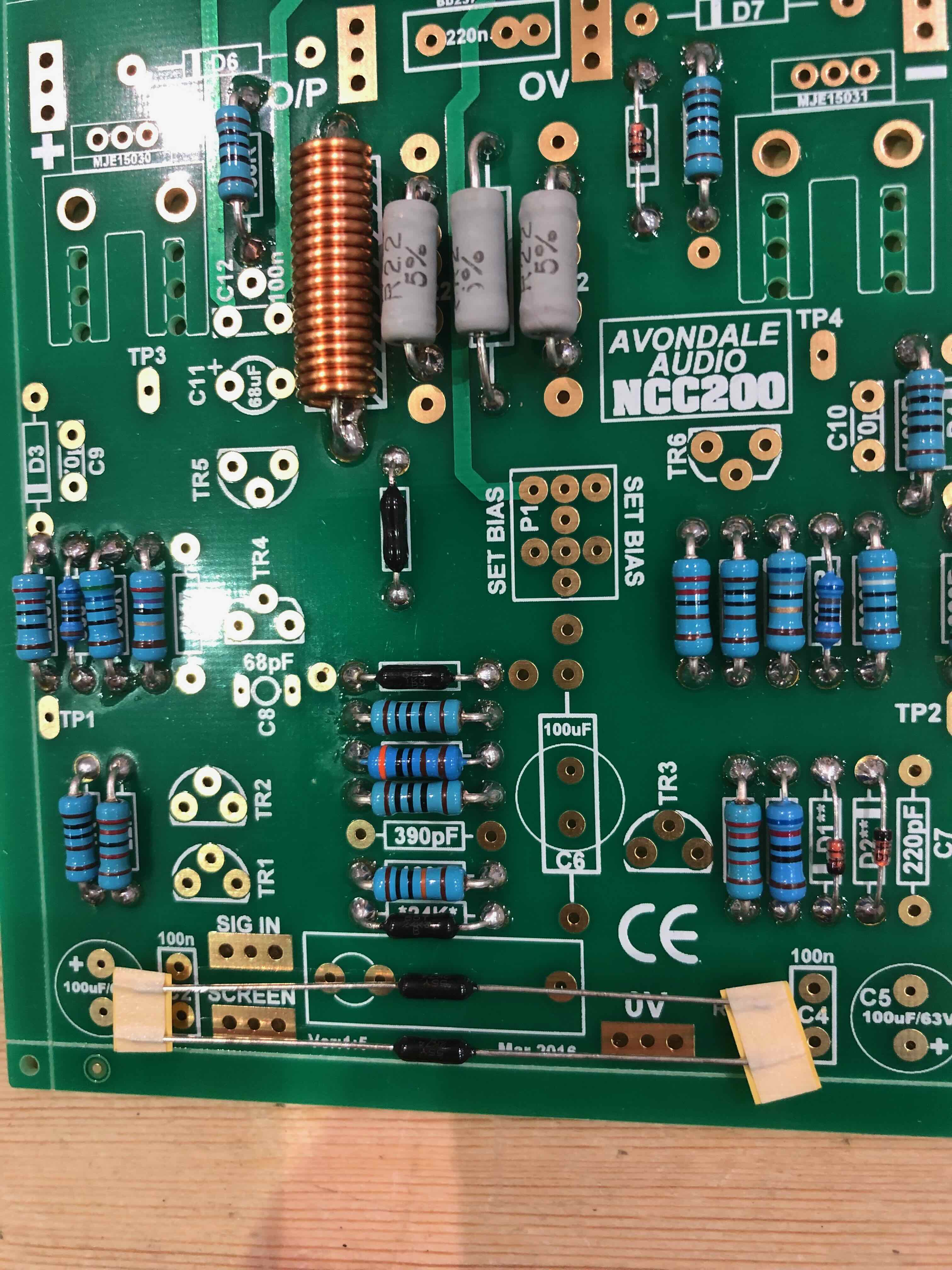
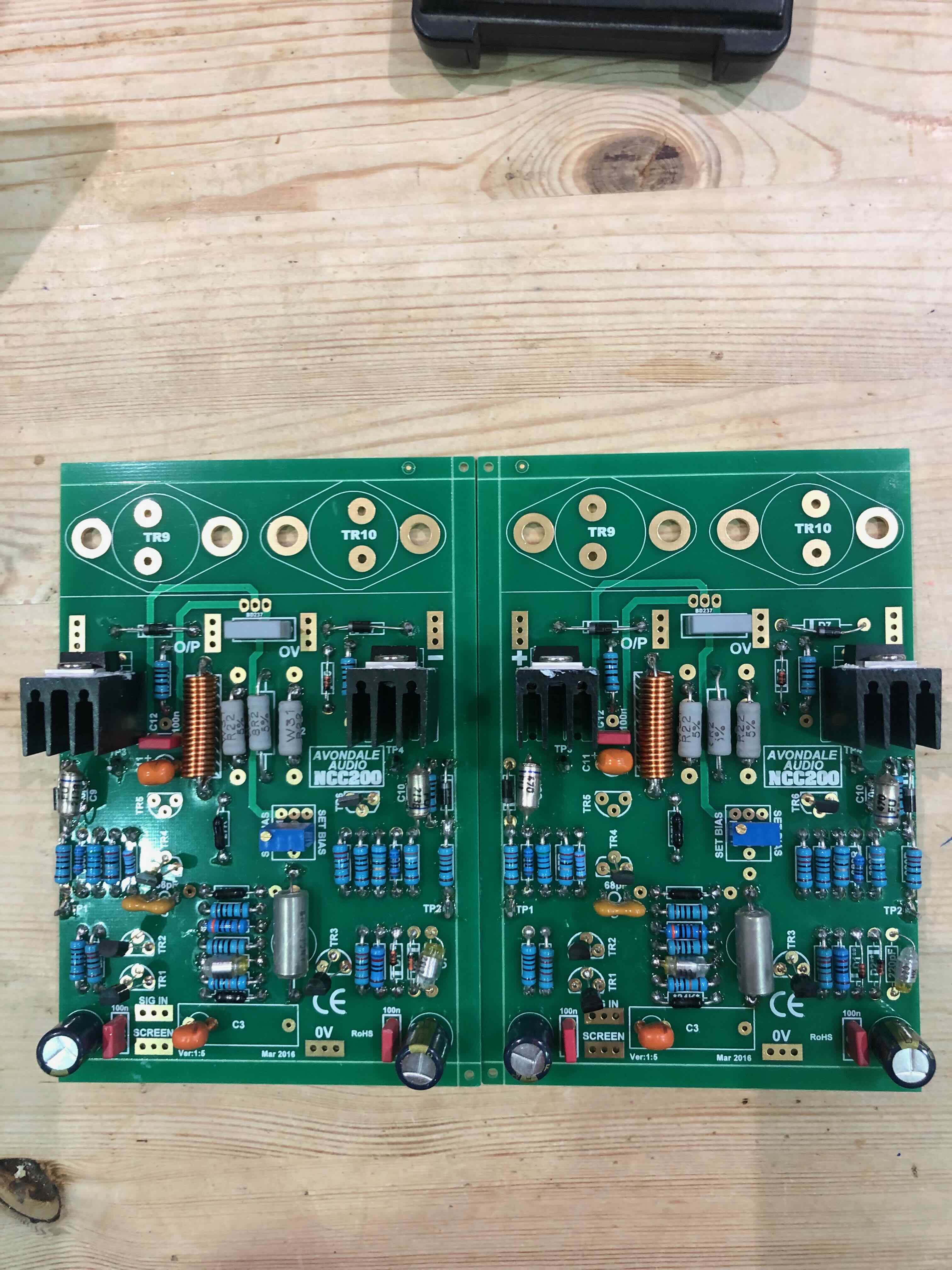
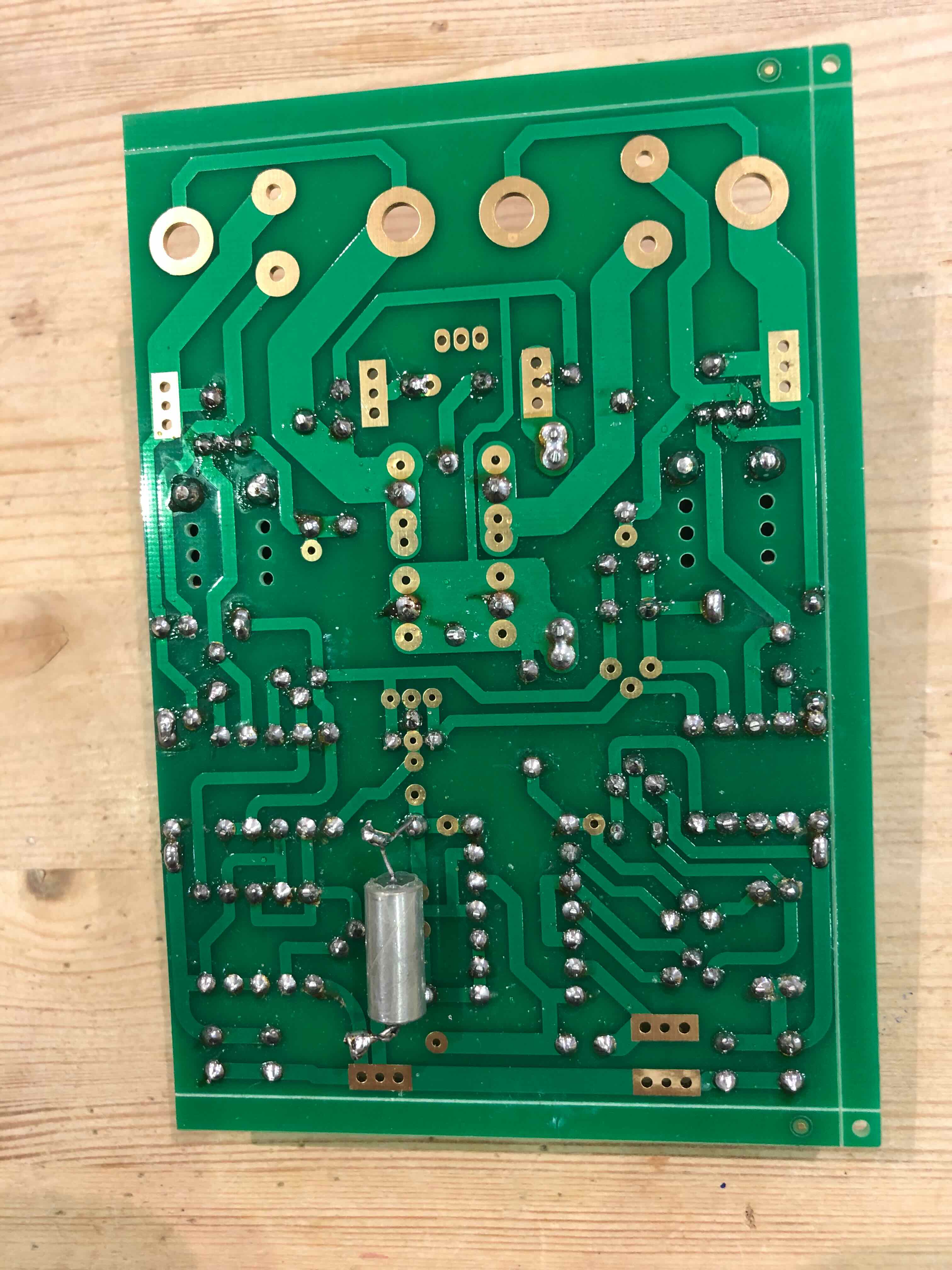
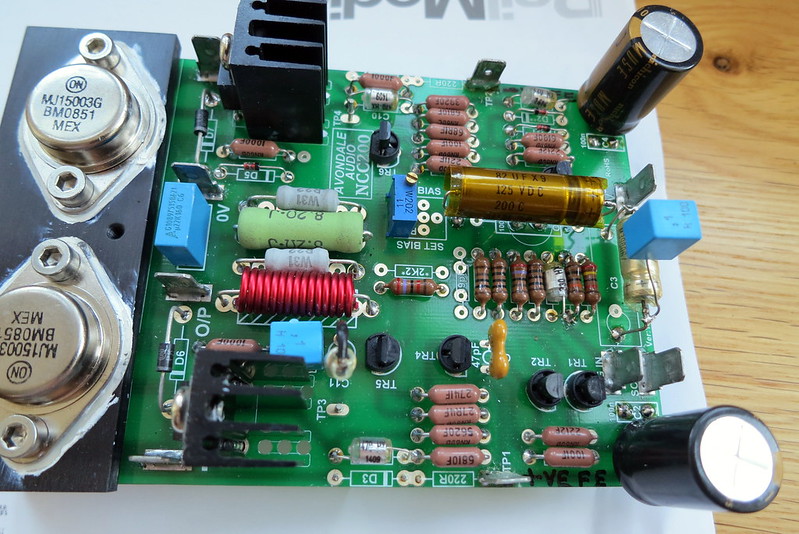 IMG_1651
IMG_1651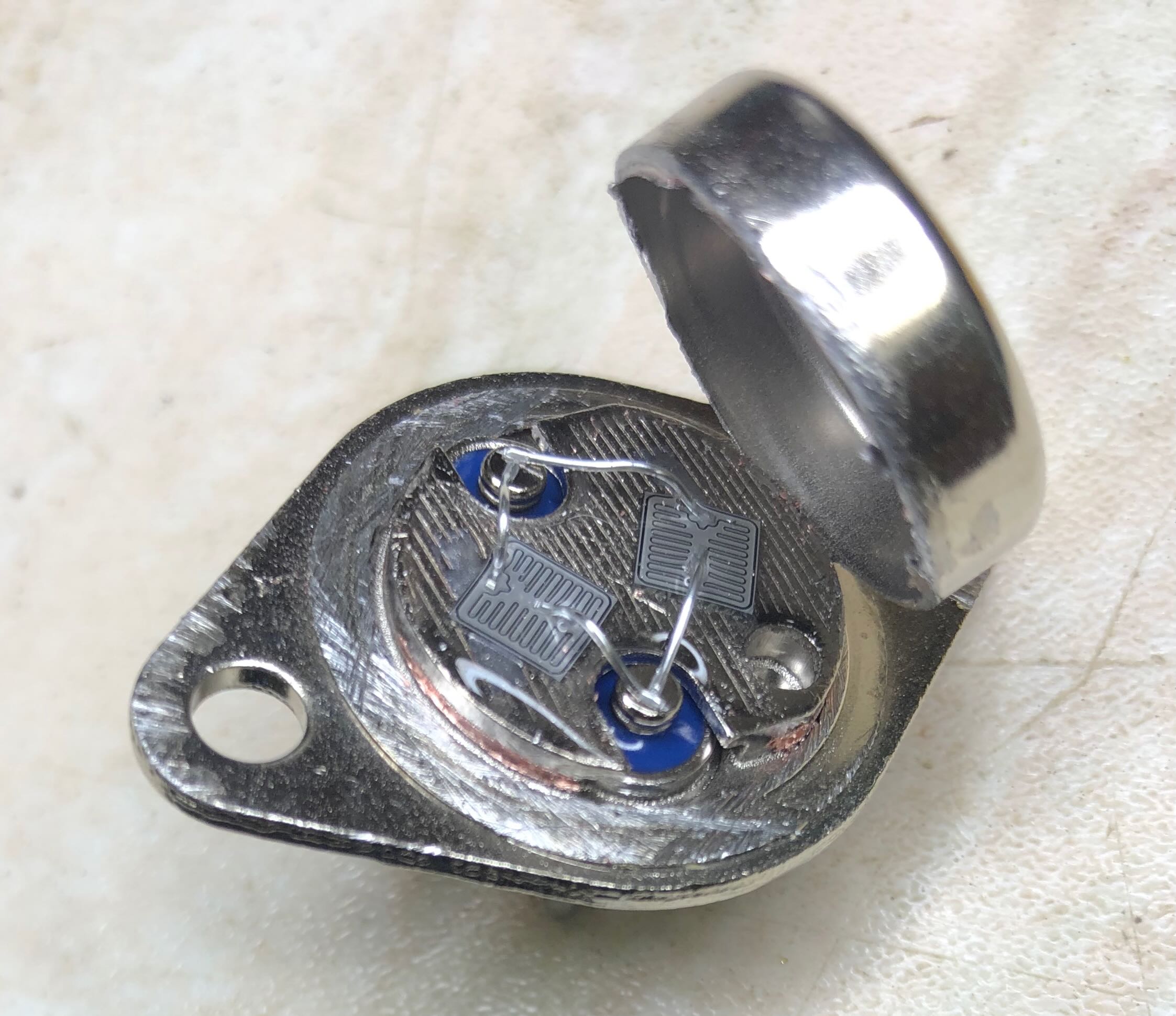
 DSCF5883 (1)
DSCF5883 (1)